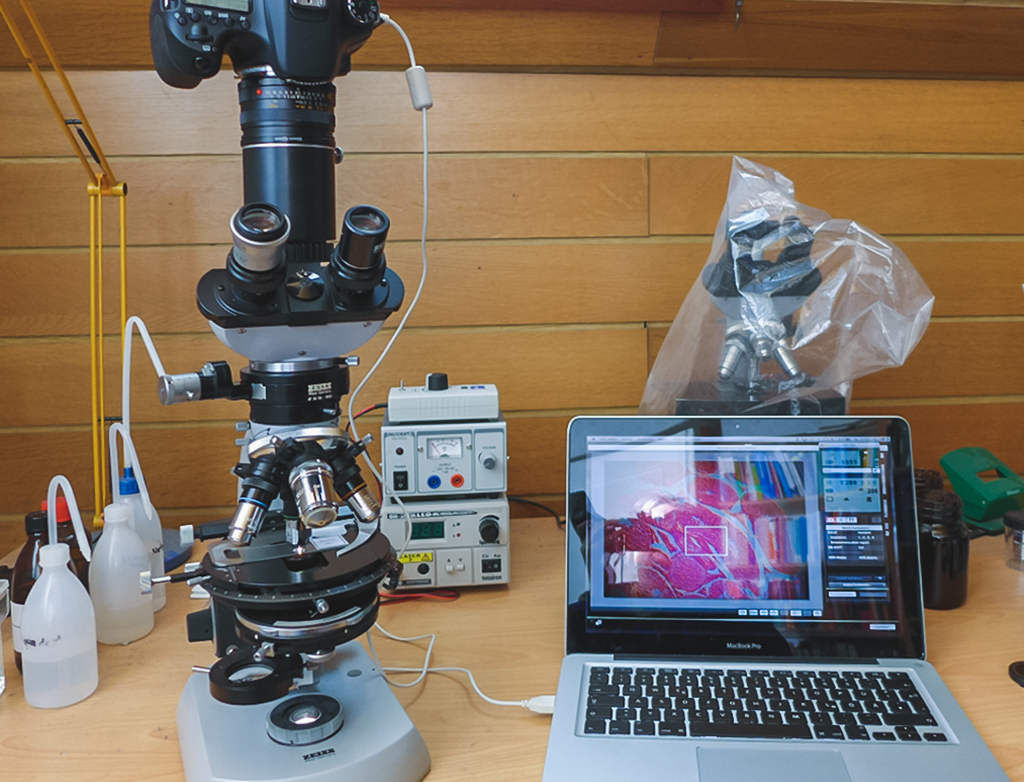The Stereo Digital Microscope
The stereo digital microscope is one kind of digital microscope that has been in the industry for quite some time. However, most people still cannot differentiate this type of microscope from their counterparts. In terms of functions alone, stereo digital microscopes work differently. In this short article, you will be able to understand these stereo digital microscopes more.
What is a stereo digital microscope?
Basically, this kind of microscope will be able to provide you a view of your specimen in three-dimension. This is achieved by having different eyepieces and objective lens for each eye. Though it has lower magnification in comparison to a compound microscope, its working distance is longer.
History of the Stereo Digital Microscope
Over the years, the stereo digital microscope is a product of many trials and errors. The first ever stereo microscope was a product of Cherubin d’Orleans. It was coined a pseudo-stereo model since it used supplemental lenses. This stereo microscope was able to project the right image to the left eyepiece and the left image to the right eyepiece.
In the mid-nineteenth century, Francis Herbert Wenham made another version of this stereo microscope. It used an achromatic prism so that the light beam found in the objective rear will be split. Unfortunately, this was still unable to produce a realistic stereoscopic effect. It was only in 1890 that the features of the stereomicroscope that you see right now are achieved.
American instrument maker Horatio S. Greenough invented the microscope that then became the forefather of the many stereo microscopes that the modern world has ever known. He approached the Carl Zeiss Company regarding the design of this instrument. the Zeiss engineers made sure to modify his microscope design as appropriate. And this design is now hat you see in stereo microscopes of today.
How Does a Stereo Digital Microscope Work?
A stereo microscope typically functions at low magnification levels. It makes use of two separate optical paths. It comes with two eyepieces and two objectives so the eyes are provided with slight differences in viewing angle. Simply put, the right eye and the left eye see the same object but in a different manner.
These two different viewing angles are the reason why you can see a three-dimensional image of your specimen. This feature makes the stereo digital microscope great for examining solid material surfaces. It is also great for dissecting and sorting purposes. You can use a stereo digital microscope if you are dealing with circuits, watches, and even microsurgery.
Lighting is also different in a stereo digital microscope compared with other microscopes. To light up specimens, it makes use of reflected illumination. In simple terms, it makes use of the light that is the natural reflection of the object. This is a good microscope choice if you are dealing with opaque or thick samples. There are some models that also use transmitted light, but the lighting cannot be controlled by the condenser.
The Stereomicroscope
Indeed, the stereomicroscope has gone through a lot of changes over the years. Each person who has contributed to its improvement in their smallest of ways have led to a major difference in this microscope. While over the years, a lot has changed in these microscopes, one thing still remains the same, and that is to provide observers with a three-dimensional view o their specimen.




